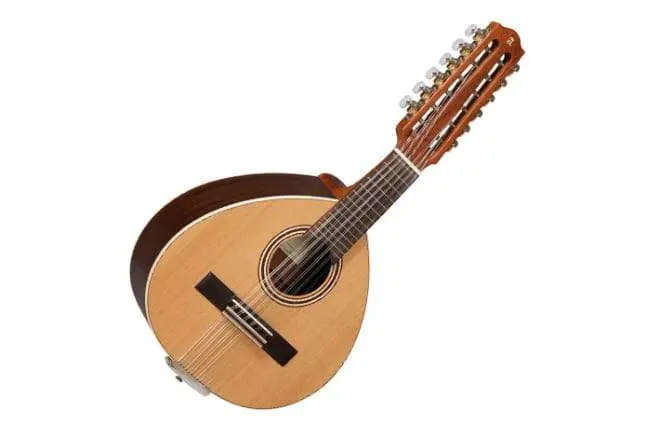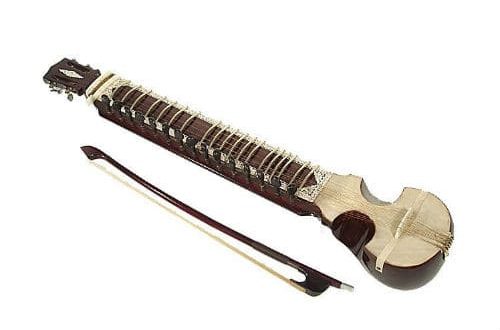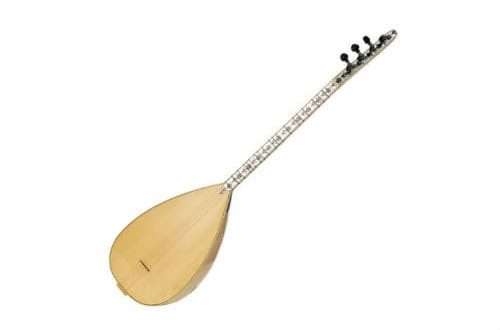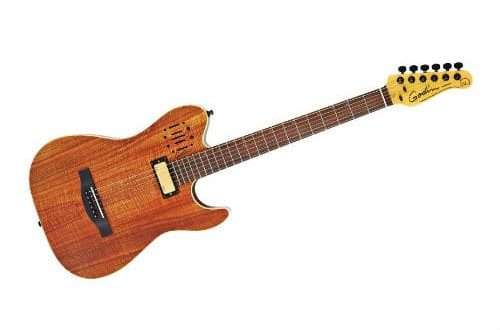
Bandurria: what is it, tool composition, application
The bandurria is a traditional Spanish instrument that looks like a mandolin. It is quite ancient – the first copies appeared in the 14th century. Folk songs were performed under them, often used as an accompaniment to serenades. Now the Play on it can usually be found during the performance of string ensembles in Spain or at authentic concerts.
The instrument has quite a few varieties that are widely used both in their native Spain and in many Latin American countries (Bolivia, Peru, Philippines).

Bandurria belongs to the class of stringed plucked musical instruments, and the technique for extracting sounds from it is called tremolo.
The body of the instrument is pear-shaped and has 6 paired strings. In different eras, the number of strings has changed. So, at first there were 3 of them, in the Baroque era – 10 pairs. The neck has 12-14 frets.
For the Play, a plector (pick) of a triangular shape is usually used. They are most often plastic, but there are also made of tortoise shell. Such plectrums are especially appreciated among musicians, because they allow you to extract a better sound.
Since the 14th century, no original works for bandurria have survived. But the names of the composers who wrote for her are known, among them Isaac Albeniz, Pedro Chamorro, Antonio Ferrera.





